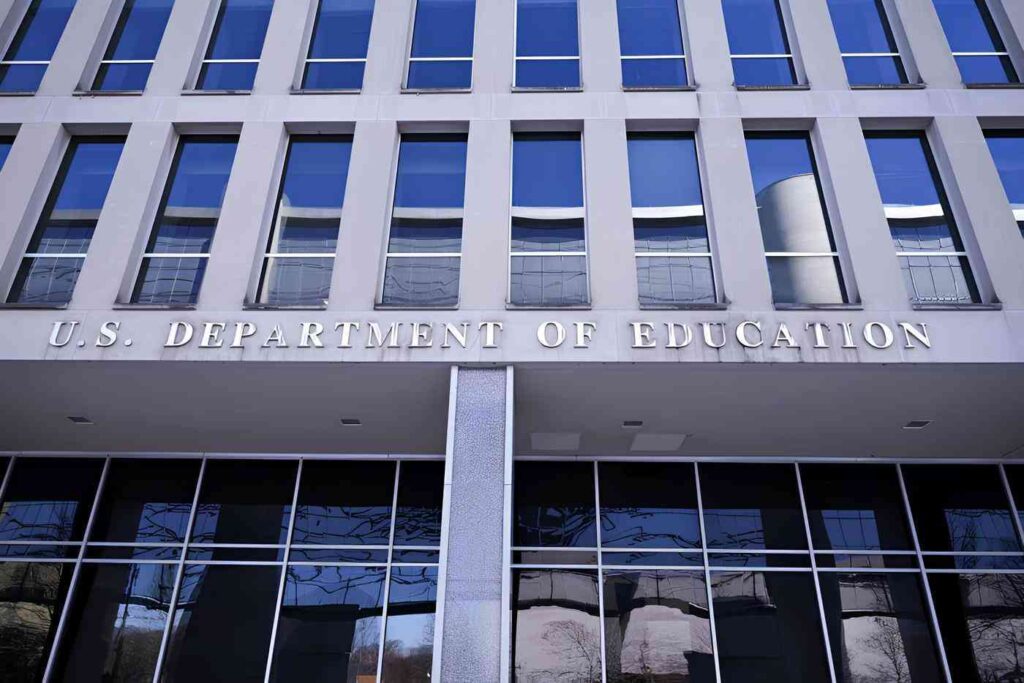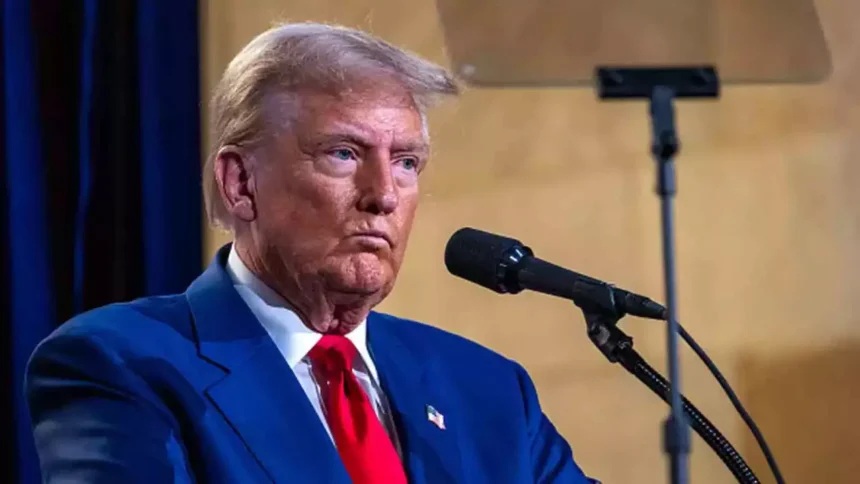The White House is preparing an executive order to dismantle the U.S. Department of Education, fulfilling President Donald Trump’s promise to shift control of education back to the states.
However, abolishing a federal agency requires congressional approval, setting the stage for a major political battle.
Can Trump Eliminate the Education Department with an Executive Order?
No, the president cannot single-handedly dissolve a federal department. While an executive order can direct the Education Secretary to scale down operations, only Congress holds the power to fully dismantle the agency.
This process demands legislative approval, which faces steep opposition, especially in the Senate, where bipartisan support is necessary.
Why Does Trump Want to Abolish the Education Department?
Trump and many conservatives argue that the federal government exerts too much control over education. They believe:
- States should dictate education policies, not Washington, D.C.
- The U.S. spends more per student than many countries yet lags in academic performance.
- Federal oversight creates inefficiencies and bureaucratic hurdles.
- Eliminating the department would free up funds for school choice programs.
What Happens If Congress Approves the Plan?
If lawmakers agree to dissolve the Education Department, its responsibilities—such as funding for low-income students, special education, and college financial aid—would likely transfer to other agencies. Critics warn that removing federal oversight could lead to:
- Funding loss for vulnerable students.
- Larger class sizes due to budget cuts.
- Higher college costs for middle-class families.
- Weaker civil rights protections for students.
What Steps Will the Executive Order Take?
The order is expected to:
- Instruct the Education Secretary to develop a downsizing strategy.
- Urge Congress to pass legislation dismantling the department.
- Expand school choice by redirecting funds to private and charter schools.
Will Congress Approve the Plan?
Despite Republican control of both chambers, passing this legislation remains a tough challenge. Senate Democrats strongly oppose the move, and without 60 votes, bipartisan support is necessary.

Historically, similar efforts have failed, making this an uphill battle.
What Do Educators and Advocates Say?
Many teachers and unions strongly reject the proposal.
Becky Pringle, president of the National Education Association, warns that eliminating the department could harm students, especially those in underserved communities.
Advocates stress that federal oversight ensures equal educational opportunities nationwide.
What’s Next for U.S. Education Policy?
Trump’s push to eliminate the Education Department has ignited intense debate. While his executive order signals a major shift, congressional approval remains uncertain.
The future of federal education policy now hinges on political negotiations and public reaction.







